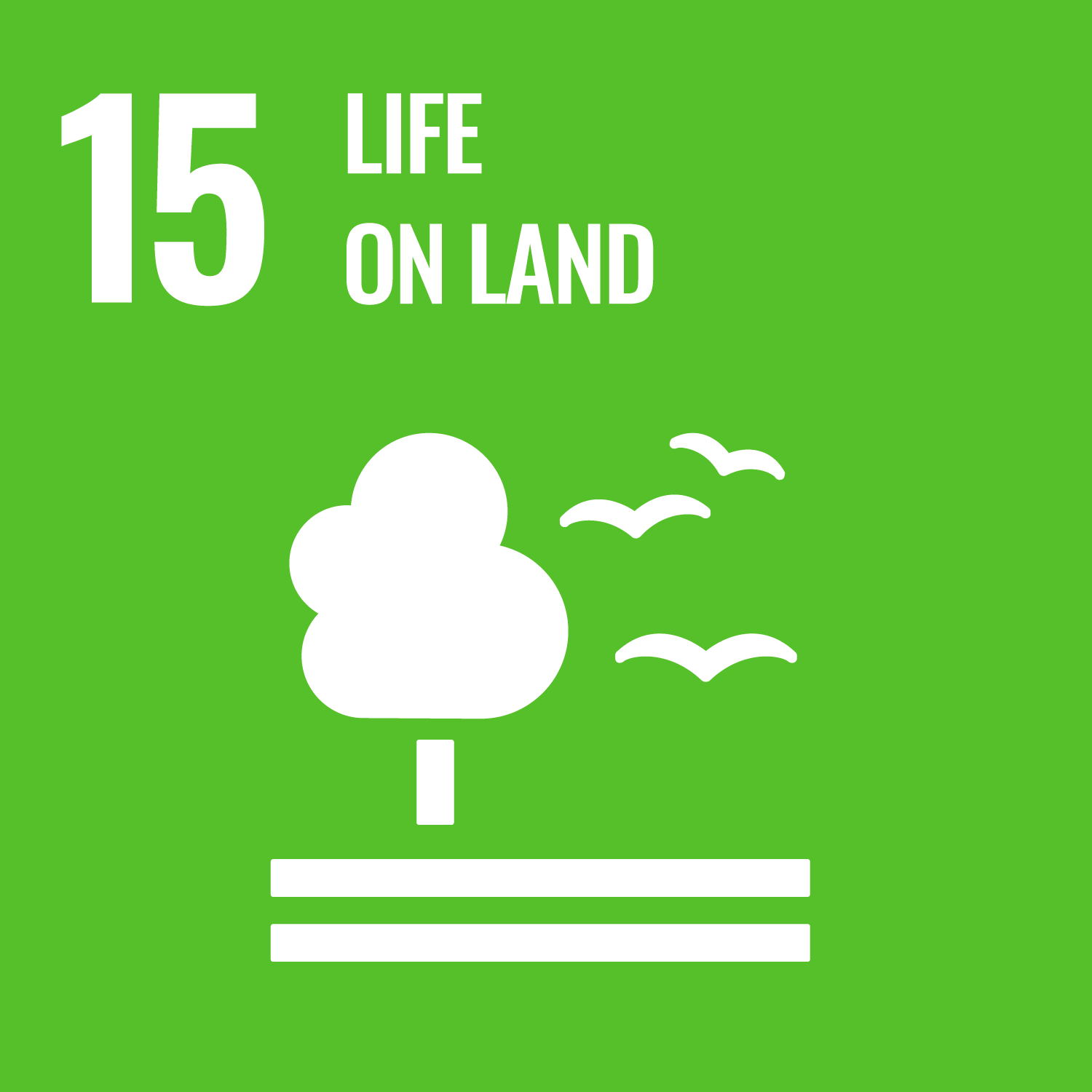
Future of Nature Conservation in Europe
The first narratives on the future of nature conservation in Europe explore how nature could be protected and restored, taking into account the objectives of the EU Biodiversity Strategy 2030 and possible pathways for socio-ecological development. They also help to model positive scenarios to guide policy decisions on nature conservation.
The narratives, published in 'Environmental Management', were developed by the Global Mammal Assessment (GMA) laboratory at the Charles Darwin Department of Biology and Biotechnology as part of a major international research project, NaturaConnect, which aims to support the planning and implementation of EU targets for biodiversity conservation and restoration.
The study uses a heuristic approach, called the Nature Future Framework (NFF): this is a tool that develops future scenarios based on the relationship between humans and nature and considering biodiversity as a key element in addressing future environmental challenges. To do this, NFF uses three factors, each representing a different conception of and relationship with nature: Nature for Nature's sake, Nature for Society and Nature as Culture.
Starting from these three perspectives, the researchers analysed their differences and similarities in relation to six themes: Nature Protection and Restoration, Forest Ecosystems, Inland Water Ecosystems, Urban Systems and Agriculture, and Energy.
Although conflicting priorities emerged, beneficial solutions were also identified both for the conservation of biodiversity and for the instrumental and cultural benefits that nature can offer (NCP - Nature's Contributions to People).
‘In the Nature by Nature perspective, which focuses on strict nature protection,’ says Alessandra D'Alessio, a PhD student at Sapienza University and one of the lead authors of the study, ‘it emerges that the amount of land reserved exclusively for nature conservation is the key aspect differentiating the three NFF perspectives.’
The narratives, designed to be used by scientists and practitioners in order to develop prospective studies and sector strategies, will contribute to the systematic development of European narratives of positive change for nature that take into account the multiplicity of factors.
‘Depending on the desired future of nature,’ specifies Claudia Fornarini, a PhD student at Sapienza and second lead author of the research, ’efforts to restore ecosystems can be geared towards nature protection, increasing the supply of utilitarian NCPs, or preserving the cultural values of nature.’
The development of these narratives represents a step towards revising some widely used scenarios, the Shared Socioeconomic Pathways (SSPs), by assigning a central role to nature, and shows how various opportunities can help shape sustainable futures. ‘By exploring the relationships between land use and nature conservation,’ concludes Carlo Rondinini, Professor of Zoology at Sapienza University of Rome and senior author of the study, ’our scenarios offer explicit support to policy in achieving the EU's 2030 Global Biodiversity and Conservation Strategy objectives.’
References:
D’Alessio, A., Fornarini, C., Fernandez, N., Namasivayam, A.S., Visconti, P., Dertien, J., Hällfors, M., Jung, M., Moreira, F., O’Connor, L., Osti, M., Quintero-Uribe, L.C., Marei Viti, M., Lauta, A., Pereira, H.M., Verburg, P.H., Rondinini, C. (2025). Narratives for Positive Nature Futures in Europe. Environmental Management. doi: https://doi.org/10.1007/s00267-025-02123-3
Further Information
Alessandra D’Alessio
Department of Biology and Biotechnology Charles Darwin
alessandra.dalessio@uniroma1.it
Claudia Fornarini
Department of Biology and Biotechnology Charles Darwin
Carlo Rondinini
Department of Biology and Biotechnology Charles Darwin
